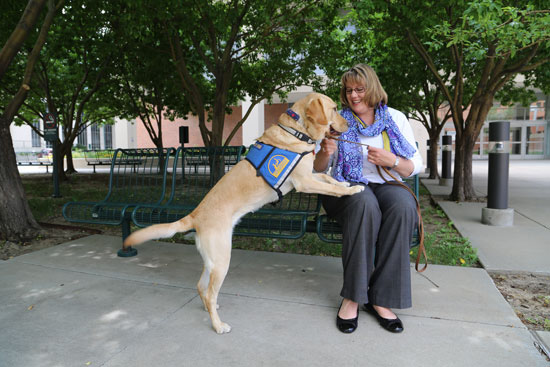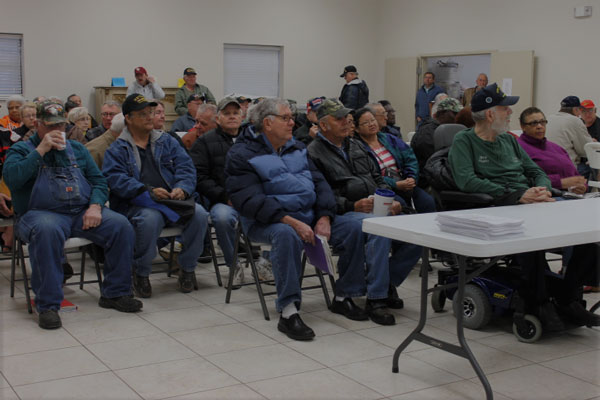By Daniel Moore, News21
Lawmakers say they cannot effectively hold the U.S. Department of Veterans Affairs accountable because the agency has not responded to nearly 100 requests for information, some of them more than a year old.
The House Committee on Veterans Affairs on July 9 launched “Trials in Transparency,” a website that will keep track of requests for VA information.
“The leisurely pace with which VA is returning requests – and in some cases not returning them – is a major impediment to the basic oversight responsibilities of the committee,” according to a statement.
Rep. Darrell Issa (R., Calif.) also subpoenaed VA Secretary Eric Shinseki for more information from his August 2012 request, related to $6.1 million spent on training conferences for employees in 2011.
“After the personal assurances I received from Secretary Shinseki and the accommodations made by congressional investigators, there can be no excuse for the continued delay,” the chairman of the House Oversight and Government Reform Committee said in a statement.
Issa originally requested internal VA communications following an Inspector General report that revealed spending at two human resources conferences in Orlando, Fla., had “weak, ineffective, and in some instances, nonexistent” oversight from the VA. The report labeled at least $762,000 as “unauthorized, unnecessary, and/or wasteful expenses.”
Since then, the committee staff has called or emailed the VA more than 45 times, according to a press release.
The VA has declined to comment on the subpoena.






